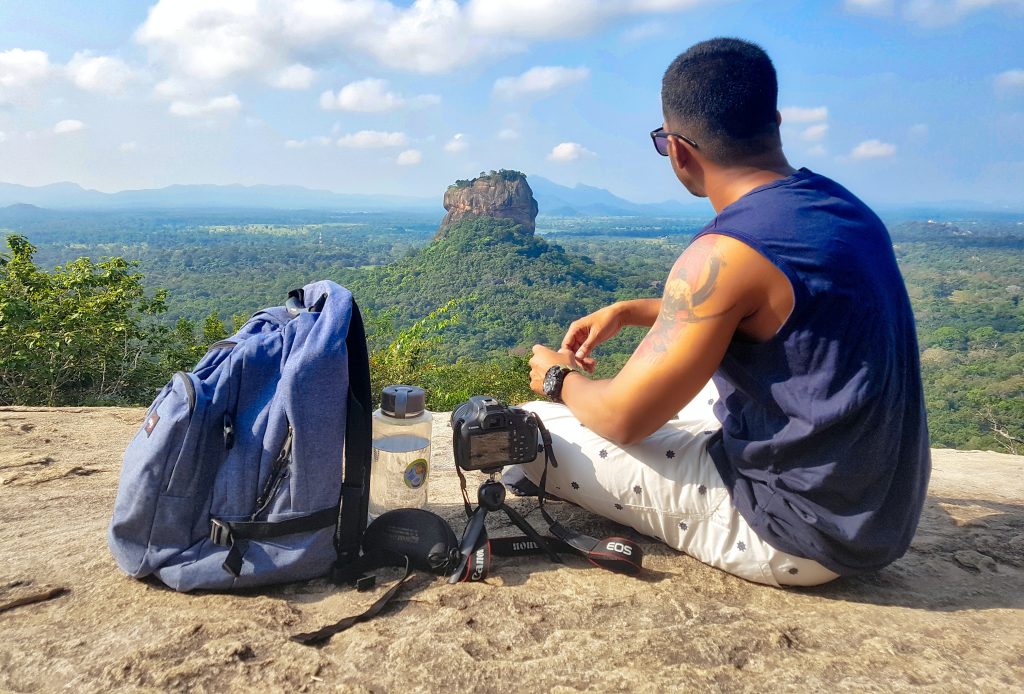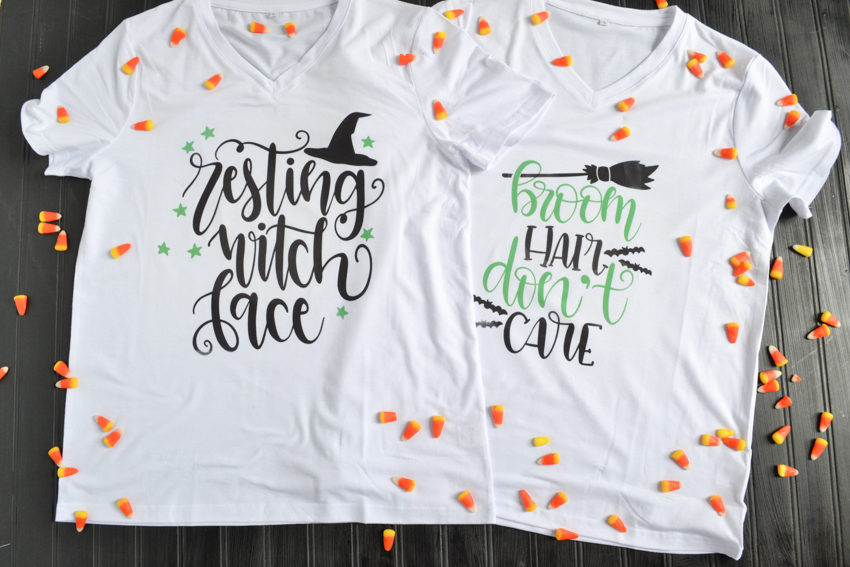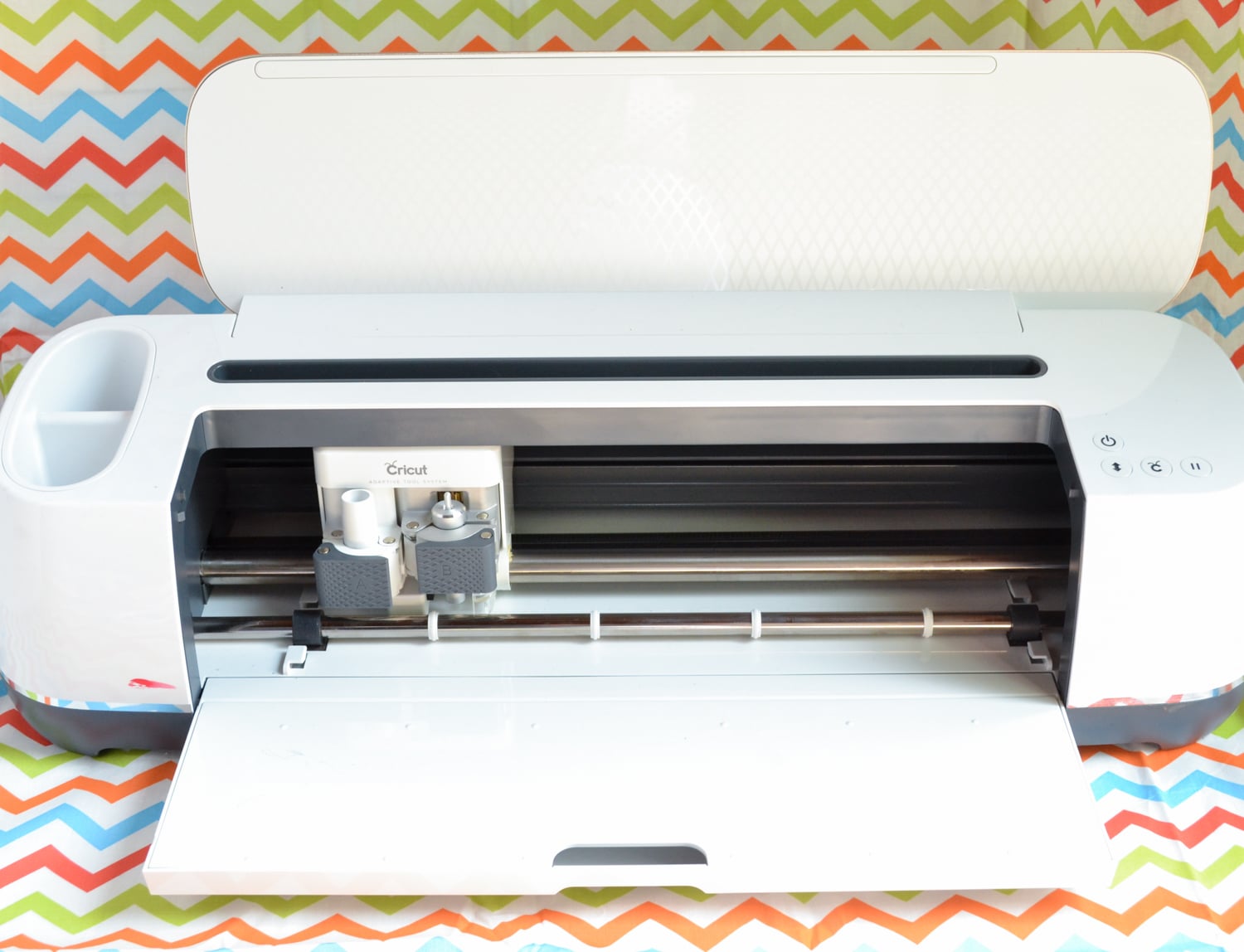
Traveling allows you to explore the world and see cultures other than your own, but it’s essential to maintain good health while doing so. Staying sufficiently hydrated ensures you can fully enjoy touring and other excursions. You might need to adapt your hydration efforts while traveling to make sure you stay hydrated, as the climate at your destination might differ from what you experience at home. Taking steps to make sure you are hydrated throughout your travels can help prevent you from experiencing health consequences in the future.
What are the main methods to stay hydrated?
You are probably familiar with the general expert consensus of needing eight glasses of water each day. Although this is a good starting point, it does not consider each person’s unique demands, such as overall health, how active they are, and many other factors that influence your body’s hydration needs. Our bodies contain up to 60% water, and we continuously lose water through our skin. If you frequently travel to places with warmer climates, like Los Angeles, you should take extra precautions to stay hydrated. One common and safe procedure to keep in mind is IV therapy in Los Angeles to combat dehydration. It quickly delivers fluids and electrolytes into your bloodstream, helping rehydrate your body and leave you feeling refreshed.
What are the signs of dehydration?
Dehydration can limit oxygen delivery to your brain and slow down blood circulation. Your heart may work harder to pump oxygen throughout your body if you don’t drink enough fluids. You can feel exhausted, fatigued, and have difficulty concentrating as your body tries to cope without sufficient water. Being informed about the signs of dehydration can help you recognize when it’s time to take a break to drink water, so that you can continue to enjoy your travels.
Table of Contents
Dark-colored urine
Pay attention to the color of your urine if you have problems determining whether you are well hydrated. You should aim to drink enough fluids to maintain a pale urine color and an urge to urinate every 2-4 hours. Another indication that you need extra water is urinating much less frequently than usual. Very dark urine can indicate your dehydration is more severe.
Thirst
It sounds pretty apparent to become thirsty in the case of needing water. Most people can effectively stay hydrated by drinking to satisfy their thirst. However, the ability to feel thirst decreases with age; therefore, elderly persons may be dehydrated but not realize it. Consider using an app or other means to track how much water you are drinking to help remind yourself to stay sufficiently hydrated.
Headache
Dehydration headaches can range in severity from minor aches to severe migraine pains. This is the result of brain tissue shrinking because the body lacks the fluids it needs. As you drink water and rehydrate your body, brain tissue will “plump up” to its previous size, relieving the pain.
Muscle cramps
Dehydration can interfere with the body’s ability to cool down, which can result in heat illness. Ensuring you have consumed enough fluids is vital to helping your body regulate temperature, especially in an unfamiliar environment. Cramps can also result when your body has lost too many electrolytes, which also play an important part in hydration. Consider adding some beverages containing electrolytes, such as sports drinks, into your diet as you travel to help prevent the likelihood of developing cramps.
How to reduce body heat?
Traveling can take a significant toll on the body as it must adjust to various temperature changes in a short period of time. Staying hydrated can help your body adjust to these changes more easily. If you are planning to participate in physically exhausting activities while traveling, it is important to consider the climate and take steps to avoid heat exhaustion. Make sure you have plenty of water and sports drinks on hand to help your body cool down, and do your best to plan activities around the hottest parts of the day.
Can you maintain hydration via nutrition?
Although daily water intake mostly comes from beverages, you can make food choices to support staying hydrated by consuming water-rich fruits and vegetables. Ideal choices include vegetables like tomatoes, cucumbers, and zucchinis, which consist of 95% water and have few calories. Fruits like watermelon, apples, and peaches can help keep you full and hydrated. Consider keeping these snacks on hand while traveling to help support staying hydrated.












































